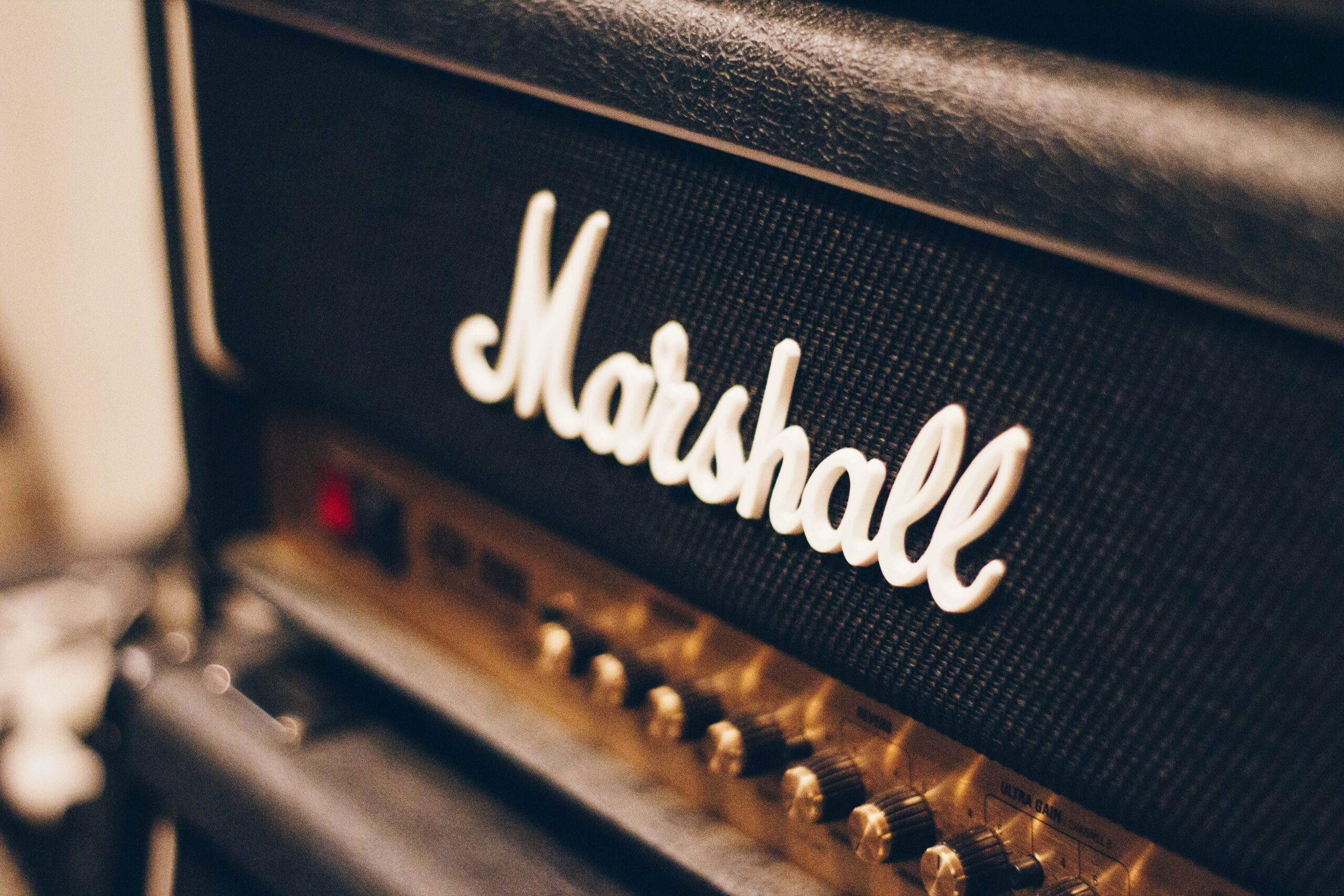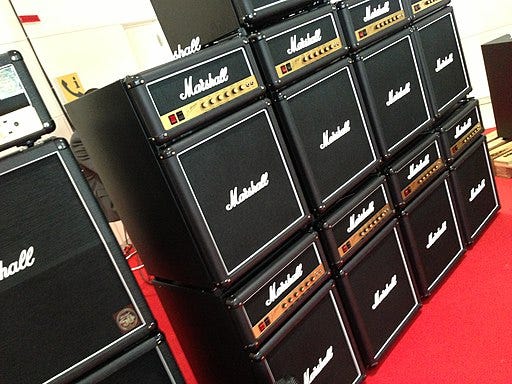Go get your amp right now. I’ll wait.
Okay, now turn it around and look at the back. Do you see a pair of 1/4” input jacks with the words “send” and “return” next to them?
If so, congrats! You are the proud owner of an FX loop! …Except, what the heck is an FX loop?
If you’re like me, an FX loop is an enigma wrapped in a mystery. For a long time, I knew they existed but had no idea why. Send what? Return how? I had an idea you were supposed to plug some pedals into it, but I always ran my pedals straight into the amp with no problems. So what was I missing?
Well, today we’re going to find out.
A primer on FX loops
In order to understand what an FX (or “effects”) loop is, you have to first understand how an amp is constructed. (This is important, I promise.)
The key is this: your guitar amplifier is actually two amplifiers put together.
When you plug a guitar into the front of an amp, you’re really plugging it into a preamp. This preamp takes your guitar’s signal, or instrument-level signal, which is very weak, and boosts it so that the second amplifier, the power amp, can make use of it. The power amp then takes this boosted, or line-level, signal and uses it to power the speaker(s) and produce sound.
So, in simple terms:
- The guitar inputs an instrument-level (weak) signal
- The preamp converts it to a line-level (boosted) signal
- The power amp turns the line-level signal into sound
- Rocking out ensues
This is where the FX loop comes in. It sits in between the preamp and the power amp and allows you to plug elements of your signal chain in the space between them.
An amp with an FX loop, then, looks like this:
- The guitar inputs an instrument-level (weak) signal
- The preamp converts it to a line-level (boosted) signal
- The FX loop adds effects to the line-level signal
- The power amp turns the modified line-level signal into sound
- Rocking out ensues
So, why does that matter? It all comes down to distortion.
When to use an FX loop
Both the preamp and the power amp are capable of adding distortion to your signal. This is because, from a technical standpoint, distortion is the result of overloading.
When you crank the gain on your amp but not the volume, you are overloading the preamp. When you dime the volume without turning up the gain dial, you are overloading the power amp. And you’ll get distortion either way.
Of course, you can also get distortion by running an overdrive (or similar) pedal into your clean channel. But let’s say you prefer using the gain from your preamp (i.e., cranking the gain dial) instead because you prefer how it sounds.
But while it might sound great, it can lead to a problem.
If you try to run a delay pedal into an overdriven amp, the resulting sound will be muddy and unclear. And the same thing will likely happen with other pedals — chorus, reverb, flanger, etc.
But if you add these time-based effects pedals after the now-overloaded preamp — that is, add them to the FX loop — voila! Everything sounds crisp and clear again.
So if you a) like to crank the gain on your amp and b) use delay, reverb, or modulation effects, the FX loop could be your best friend.
How to use an FX loop
Unfortunately, the standard terminology used by amplifier manufacturers is confusing. Most FX loops are labeled “send” and “return” (although Fender’s say “preamp” and “power amp”). But what do these terms mean?
“Send” means you are sending the boosted signal from the preamp to your pedal(s) that you want in the FX loop.
“Return” means you are returning the now-modified boosted signal to the power amp.
With all that being said (finally!), here’s how to use your FX loop:
- Ensure all pedals in both chains (regular and FX loop) are connected to each other and a power source.
- Any pedals you don’t want to include in the FX loop (distortion, compression, wah, etc.) can be plugged into the main input jack on the front of the amp, just as you normally would.
- Next, plug the first pedal you want to be in the FX loop into the “send” input jack with a 1/4” cable.
- Then, run a second 1/4” cable from the “return” jack to the last pedal you want to be in the loop.
Note that you’ll need two additional guitar cables (that is, a total of four cables) to make this work. Also, there is a small chance you could damage a pedal if it is not designed to handle a line-level signal, so it’s best to do a little research on your exact pedals before experimenting. (In full disclosure, a lot of resources I found had this warning, but not one provided a specific example of a pedal that could be damaged in this way. So who knows?)
Cool things you can do with an FX loop
An FX loop can clean up a muddy sound if you use it to run your delays and other time-based pedals. But it can do some other cool tricks too:
- Plug a volume pedal into it to use as an attenuator. This allows you to crank the power amp at home without blowing out all your windows.
- Plug in an EQ pedal to act as a boost for solos.
- Plug in a noise gate if your preamp hisses.
Like all things guitar, there is no right or wrong, only preference. You don’t have to use an FX loop at all. Or you can use it all the time. You can run some, all, or none of your pedals through it. In fact, you can try anything you want.
So now that you know what an FX loop is and how to use it, why not give it a try? You might find a great tone you never thought possible before. If you do, let us know in the comments!

